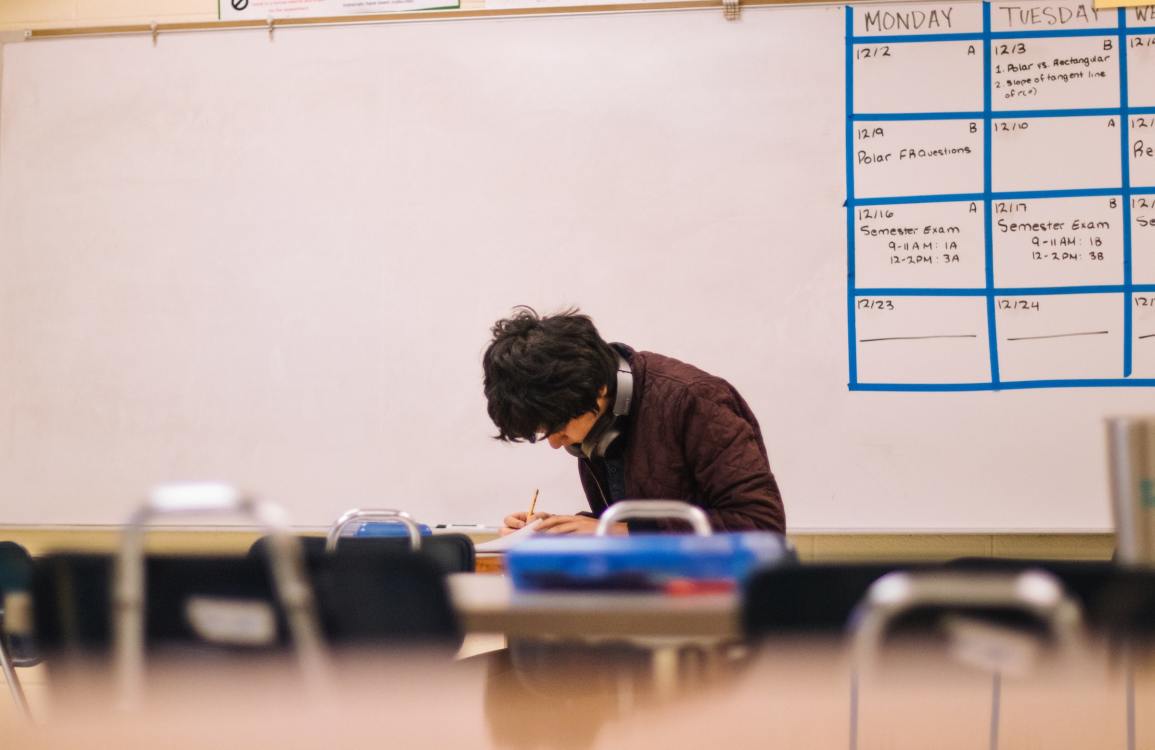When I was in my first year of university, a female Muslim student made the news for getting harassed, shouted at, and allegedly pushed up against a wall by a security guard while praying between her lectures. The very fact that most coverage of the incident seems to defend why the student in question prayed there in the first place says a lot about the internalized Islamophobia present and how that Islamophobia impacts students.
While media outlets lent support to the student in question because this was such an obvious case of Islamophobia, these same media outlets are often part of the very problem that leads to such incidents in the first place. Marianna Karakoulaki, Communication Manager at Media Diversity Institute U.K., points out that “because these are narratives they’ve been using for years and years” against Muslims, especially after 9/11, “they don’t realize they are microaggressions. And the media champions those narratives.”
Immigrants who come to non-Muslim countries like the U.S. and U.K. as students are immediately exposed to othering when they arrive. Mobashra Tazamal, a researcher on Islamophobia on a global scale, points out, “We recognize hate crimes as Islamophobic, but there is reluctance to see how policy and those in power and their rhetoric influences [students’] day-to day-lives.” Therefore, many students find themselves struggling to protect their well-being. While bigger acts of Islamophobia may be condemned, things that impact them on a daily basis—such as microaggressions or the lack of support from people who understand their identity—often have a larger long-term impact.
TAKE ACTION
• Support Muslim student organizations at local schools and encourage policies that create safety for Muslim students.
• Support and amplify the work of projects like Get The Trolls Out to debunk dangerous narratives that further Islamophobia.
• Educate yourself and share resources on countering Islamophobia.
Rafael Abbasi, a student in Canada, shared that he was called a slur by an unhoused person in a park near his university. His first reaction was to ignore it and try to avoid people he felt could do the same thing in public. “At first it’s shocking, but then you realize what happened and it hits you and soon you stop feeling safe in the street,” he says. When Abbasi first moved to Canada in middle school, he faced experiences of being told to go back to “Allah land.” Those interactions stopped him from making friends in his earlier years. While dealing with the same thing almost a decade later, he still doesn’t feel he has any avenues for support. This says a lot about how long people in positions of power have ignored how Islamophobia impacts students.
Ekta Shaikh, who moved to the U.S. for university, says that despite being privileged to attend a liberal arts college she describes as accepting, she’s familiar with the impact of Islamophobic narratives. Despite studying in a safer environment than most other young Muslims, her understanding of these narratives greatly impacted her identity and well-being. “It sort of limits you to the people you hang out with, not necessarily because other individuals will be Islamophobic but you explore a lot less in fear of your own intersectional identity and being a minority,” she says.
This is why student leadership and administration in educational institutions need to move beyond just condemning Islamophobic hate crimes. At that point, it’s already too late. “Women take their hijab off to not be targeted. Students have talked about having suicidal feelings, and academic progress is affected. It manifests in so many ways and has a lifelong impact,” says Tazamal when talking about how everyday Islamophobia impacts students’ well-being. In the face of growing Islamophobic policies and anti-Muslim discourse, educational institutions should have support structures that reflect the needs of Muslim students specifically, and fellow students should be able to express solidarity that is not just tokenistic.
“There needs to be cultural and religious training for educators. Educators just don’t have knowledge about this. When I was in college in the U.S., I faced a lot of Islamophobia in my classes where professors were regurgitating Islamophobic narratives. Having spaces like MSA [Muslim Students’ Association] helps and it’s great to have a space to talk about it, but there needs to be something done about it as well,” Tazamal says. “There needs to be something tangible to hold on to. Schools could pass policies or student unions could advocate for this. Students can come in to share their experience and it has to be an open space with open dialogue amongst people of different identities,” Shaikh adds.
KEY TAKEAWAYS
• While some Islamophobic attacks get media attention, everyday bigotry is normalized in many spaces, including schools.
• Islamophobia impacts students because of a lack of access to support and resources.
• School administrations must prioritize the well-being of students.
